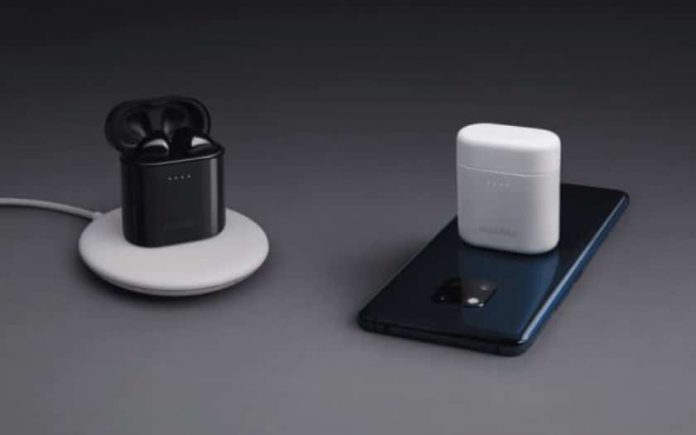Huawei is working on remote wireless charging technology. A recently published patent explains how this new induction charging system works. Like Xiaomi and Oppo, the Chinese group aims to charge devices, such as smartwatches or smartphones, located several meters from the charging base.
A few months ago, Xiaomi unveiled Mi Air Charge, a wireless charging technology that operates several meters away and without a single base. Still in development, this ambitious system allows you to charge multiple devices (smartphone, tablet, watch and connected wristband) at the same time. At the same time, Oppo unveiled the prototype of a similar induction charging technology.
Unsurprisingly, Xiaomi and Oppo are not the only firms that want to improve today’s wireless charging. A patent filed in September 2019 with china’s National Intellectual Property Administration (CNIPA) shows that Huawei is also developing its own technology.
Read also: Samsung patents truly wireless charging from several meters away!
Huawei wants to recharge smartphones by transmitting electricity via the human body
According to the patent, this induction system is primarily aimed at improving the operating distance of wireless charging. Currently, charging bases must be in contact with the object that needs to be recharged. In detail, the coils placed in both devices must be aligned for the charging to work. Some believe that the current wireless charging is useless.
To be able to charge objects remotely, Huawei transmits electrical energy via conductive materials,such as iron, aluminum, copper, metal alloys, grids placed on the ground or metal pipes. The electrical current then diffuses from the emission terminal to the battery of the object that needs to be recharged.
The patent highlights several examples. In the diagrams published in the CNIPA database, we see a smartphone charging remotely on a table. The icing on the cake is that this technology can also charge objects directly into users’ hands. The human body is then used as a conductor of electricity. In this way, Huawei can also recharge wristbands and smartwatches without the wearer being forced to remove them and place them on a pedestal.
At this time, there is no indication that Huawei really intends to exploit this amazing wireless charging technology. It is not uncommon for the Chinese manufacturer to file patents without ever exploiting the inventions described in them. We’ll tell you more as soon as possible. While you’re waiting for more information, please comment in the comments below.
Source: ITHome









